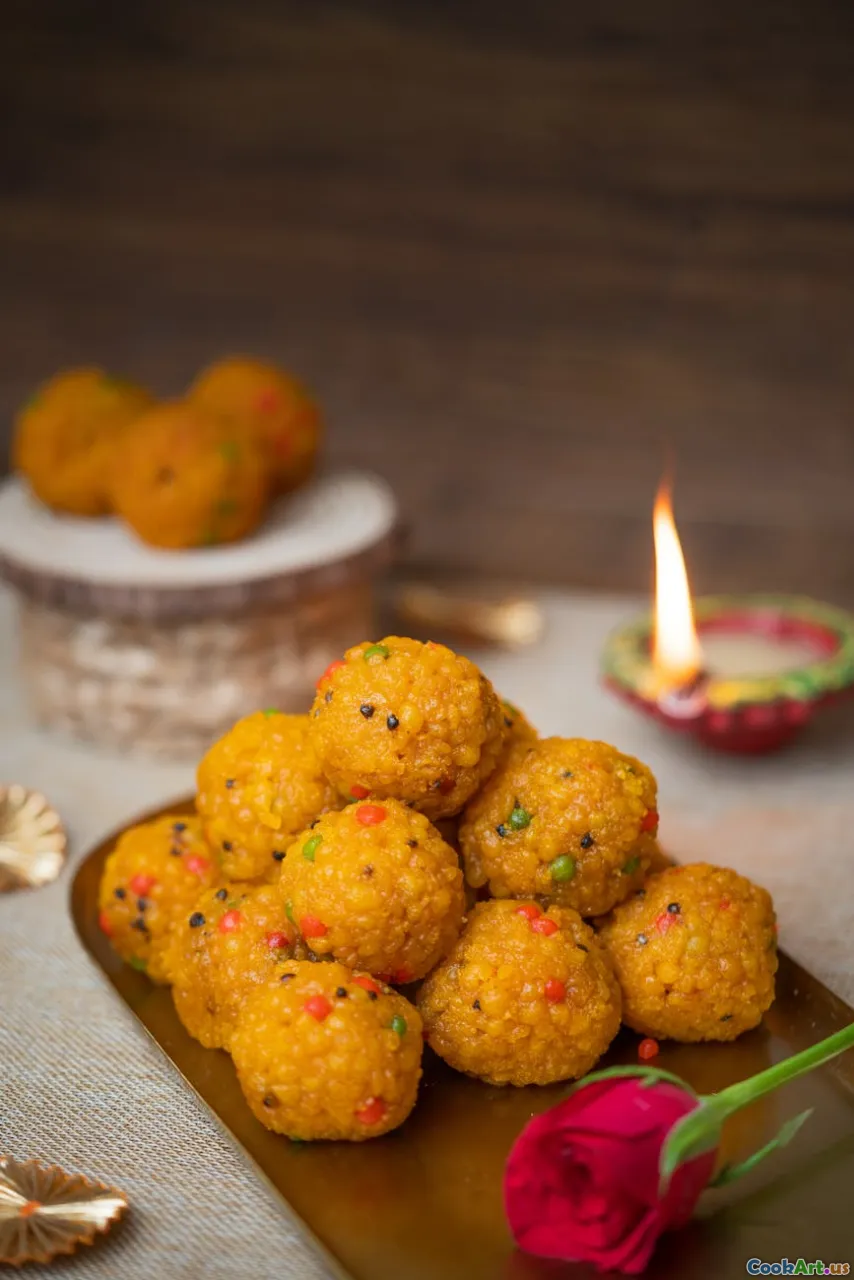Festive Flavors from Various Cultures
6 min read Explore the vibrant festive flavors that define cultures worldwide, showcasing unique seasonal dishes and their traditions. April 08, 2025 09:45
Festive Flavors from Various Cultures
Festivals are a time of joy, celebration, and, most importantly, food. Around the globe, different cultures have developed their own unique culinary traditions that reflect their heritage, history, and the seasons. From the hearty flavors of winter feasts to the vibrant dishes of spring celebrations, the festive flavors of various cultures are as diverse as the people who create them. In this article, we will explore some of these mouthwatering dishes and the stories behind them.
1. Diwali Delights: India’s Festival of LightsIn India, Diwali, the Festival of Lights, is celebrated with a variety of sweets and snacks, symbolizing the victory of light over darkness.Gulab Jamun, small, round fried dough balls soaked in sugar syrup, are a must-have. Another favorite is Barfi, a fudge-like treat made from condensed milk and nuts. Families often prepare these delicacies at home, sharing them with friends and neighbors as a way of spreading joy during the festive season.
Cooking Technique: Making Gulab Jamun
To achieve the perfect Gulab Jamun, the dough must be kneaded until smooth, and the frying oil should be at the right temperature. Frying them at too high a temperature will result in a burnt exterior and uncooked interior.
2. Hanukkah Treats: Celebrating with OilDuring Hanukkah, Jewish families enjoy foods fried in oil, symbolizing the miracle of the oil that lasted eight days.Latkes, crispy potato pancakes, are a festive favorite, often served with applesauce or sour cream. Another traditional dish is Sufganiyot, jelly-filled doughnuts dusted with powdered sugar. These treats have become synonymous with Hanukkah celebrations around the world.
Cooking Technique: Perfecting Latkes
To achieve crispy latkes, it's essential to remove excess moisture from the grated potatoes. This can be done by squeezing them in a clean kitchen towel before frying.
3. Christmas Feasts: A Taste of TraditionIn many cultures, Christmas is a time for feasting. In Italy, theFeast of the Seven Fishesis a traditional meal that includes various seafood dishes, each representing a different aspect of the holiday. In contrast, in the UK, the centerpiece of Christmas dinner is often aroast turkeyaccompanied by stuffing, cranberry sauce, and, of course,mince pies for dessert.
Cooking Technique: Preparing the Perfect Roast Turkey
To ensure a juicy roast turkey, brining the bird beforehand can significantly enhance its flavor and moisture.
4. Lunar New Year: A Culinary CelebrationThe Lunar New Year is celebrated in many East Asian countries, with each having its unique culinary traditions. In China, families gather for a reunion dinner featuringdumplings, which symbolize wealth and prosperity. In Vietnam, Bánh Chưng, a square sticky rice cake filled with mung beans and pork, is prepared to honor the ancestors. These dishes are not only delicious but also hold deep cultural significance.
Cooking Technique: Making Dumplings
When making dumplings, it’s important to seal them tightly to prevent the filling from leaking during cooking. A little water on the edges of the dough can help seal them more effectively.
5. Eid Celebrations: A Feast of FlavorFor Muslims around the world, Eid al-Fitr marks the end of Ramadan and is celebrated with a feast. Traditional dishes includeBiryani, a fragrant rice dish layered with marinated meat and spices, and Sheer Khurma, a sweet vermicelli pudding. These dishes are often prepared in large quantities to share with family and the less fortunate.
Cooking Technique: Cooking Biryani
Layering is key in making Biryani; the rice should be semi-cooked before being layered with meat and spices and then steamed together for a perfect blend of flavors.
Conclusion
Festive flavors are a beautiful reflection of cultural heritage and community values. Each dish tells a story, connecting people to their roots and to each other. As we celebrate various festivals around the world, we also celebrate the unique culinary traditions that make each culture special. Embracing these diverse flavors not only enriches our palates but also fosters a greater appreciation for the world's culinary landscape.









